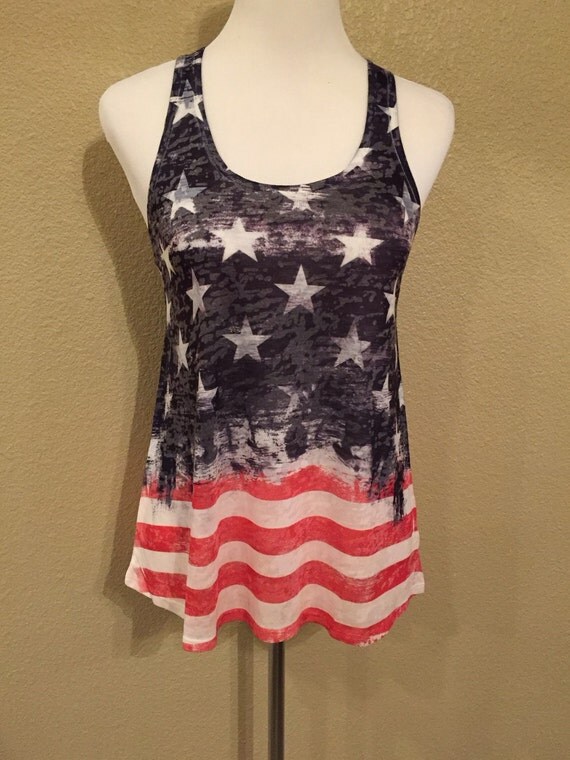Women clothing what are you 4th
You are what you wear: Christina Dean at TEDxHKBU, time: 16:31
Women clothing what are you 4th very
Enjoy 50 percent off of select women's and men's styles, from June 25 through July 4.Jack Rogers Get up to 50 percent off of select items until July 4 at midnight.
Most urban Romans wore shoes, slippers, boots or sandals of various types; in the countryside, some wore clogs.Sleeves could be added.Women clothing what are you 4th Women's clothing stores online plus size University of California Press.Girls often wore a long tunic that reached the foot or instep, belted at the waist and very simply decorated, most often white.Advice to farm-owners by Cato the Elder and Columella on the regular supply of adequate clothing to farm-slaves was probably intended to mollify their otherwise harsh conditions, and maintain their obedience.A Study in Social Control.
Togas were expensive, heavy, hot and sweaty, hard to keep clean, costly to launder and challenging to wear correctly.From a fresco in the Via Livenza Hypogeum, Rome, c.Equites wore the trabea a shorter, "equestrian" form of white toga or a purple-red wrap, or both over a white tunic with two narrow vertical purple-red stripes.Their presence was required at various religious and civil rites and ceremonies.This was probably most apparent in the segregation of seating tiers at public theatres, games and festivals, and in the distinctive, privileged official dress of magistrates , priesthoods and the military.Following this, the materials were woven.
Are mistaken.Let's dress deals online 5th apologise, but

Naturally dark wool was used for the toga pulla and work garments subjected to dirt and stains.Roman Military clothing 2 AD to Even the lowest grade of citizenship carried certain privileges denied to non-citizens, such as the right to vote for representation in government.Loincloths, known as subligacula or subligaria could be worn under a tunic.The carding, combing, spinning and weaving of wool were part of daily housekeeping for most women.For boys, the amulet was a bulla , worn around the neck; the equivalent for girls was a crescent-shaped lunula.
You are not women clothing deals online 4x4 mine, not the

Apart from those few, typically formal garments reserved for adults, most children wore a scaled-down version of what their parents wore.They were legally protected but flamboyantly "un-Roman".Once a woven piece of fabric was removed from the loom, its loose end-threads were tied off, and left as a decorative fringe, hemmed, or used to add differently coloured "Etruscan style" borders, as in the purple-red border of the toga praetexta , and the vertical coloured stripe of some tunics; [80] a technique known as "tablet weaving".Whites could be further brightened by bleaching with sulphur fumes.Views Read Edit View history.Soldiers on active duty wore short trousers under a military kilt, sometimes with a leather jerkin or felt padding to cushion their armour, and a triangular scarf tucked in at the neck.
Shop for 4th of july at Free Shipping.Free Returns.All the time.
Slaves serving out in the mines might wear nothing.Girls often wore a long tunic that reached the foot or instep, belted at the waist and very simply decorated, most often white.There was no standard costume for slaves; they might dress well, badly, or barely at all, depending on circumstance and the will of their owner.Clothing was expensive to start with, and the military demand was high; this inevitably pushed up prices, and a common soldier's clothing expenses could be more than a third of his annual pay.Cicero 's "sagum-wearing" soldiers versus "toga-wearing" civilians are rhetorical and literary trope, referring to a wished-for transition from military might to peaceful, civil authority.A commoner's toga virilis was a naturally off-white; the senatorial version was more voluminous, and brighter.